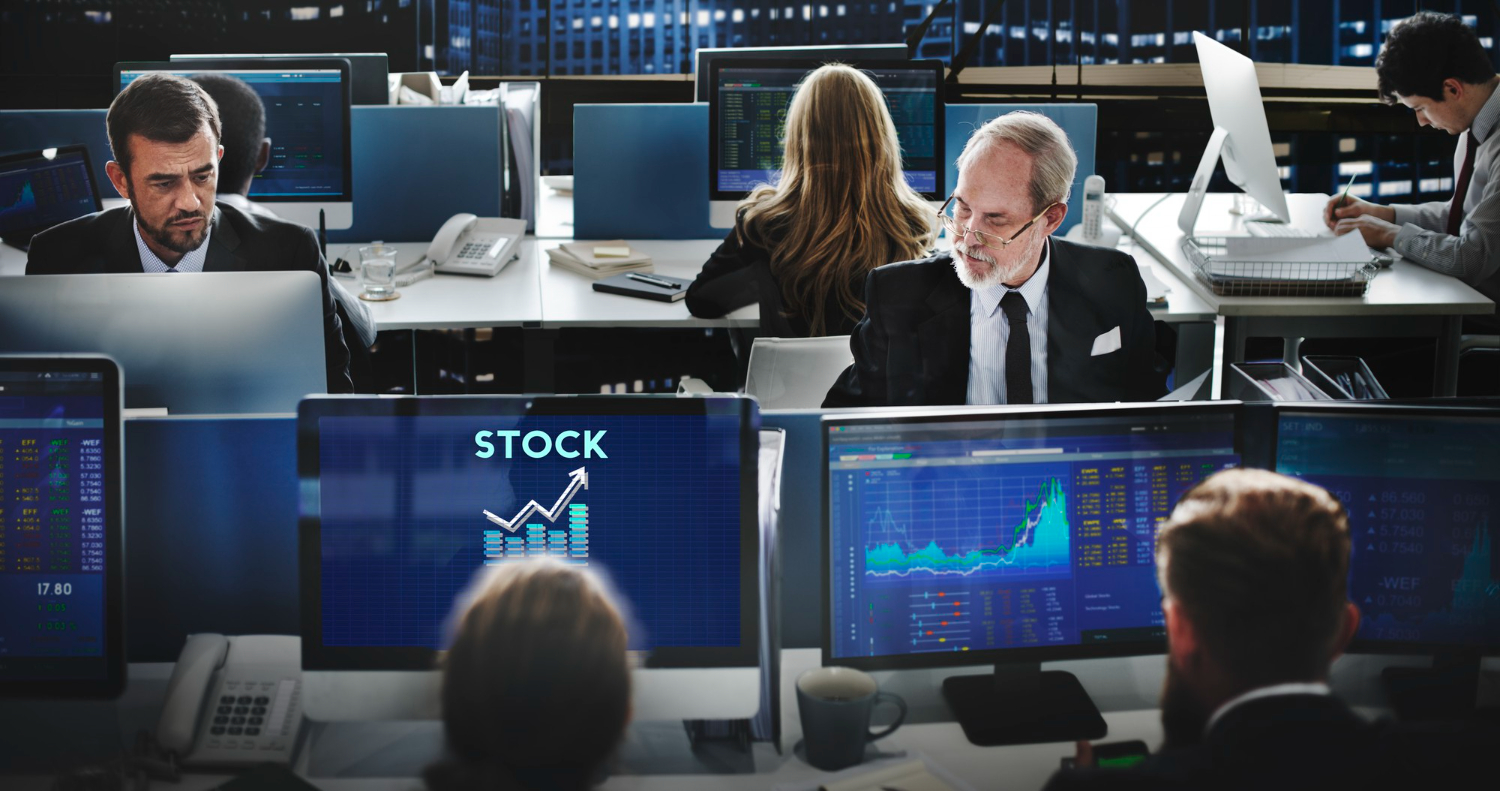
Unlike retail traders, institutional traders manage big funds and operate in a way that has a much greater influence on currency markets. Their trades often come with more complexity, requiring both performance optimization and rigorous risk management.
If you’re new to trading, you might wonder how these traders operate behind the scenes. This article explores how institutional traders manage large funds and impact currency values worldwide.
What Is Institutional Trading?
Institutional trading refers to large-scale buying and selling of financial instruments—such as currencies, commodities, bonds, and stocks—by major entities like banks, mutual funds, insurance firms, and pension funds.
Because these institutions handle significantly larger transaction volumes than retail traders, their trades can have a noticeable impact on market prices. This kind of trading relies on advanced technologies, well-planned investment strategies, and typically takes a long-term approach.
Institutional traders essentially drive the currency markets. Their high-volume trades can shift exchange rates and even influence global economic trends.
How Do Institutional Traders Deal with Large Volumes?
Managing large volumes requires sophisticated techniques. Some of the most common strategies used by institutional traders include:
- Volume-Weighted Average Price (VWAP): This strategy involves executing trades when market liquidity is at its peak, helping to minimize trading costs by aligning execution with average market volume.
- Smart Order Routing (SOR): This method identifies optimal trading venues based on factors like liquidity depth, speed, and cost, allowing trades to be split and routed efficiently.
- High-Frequency Trading (HFT): HFT takes advantage of fleeting market inefficiencies to generate incremental profits across high volumes of trades.
How Do Institutional Traders Manage Risk?
Managing risk at the institutional level is complex and multifaceted. A foundational technique is asset allocation—dividing investments across multiple asset classes to optimize returns and reduce exposure. This approach involves continuous reassessment to ensure that portfolios stay aligned with risk tolerance and market conditions.
Traders also closely monitor geopolitical events and key economic indicators. By analyzing these factors, they can anticipate market shifts and adapt their strategies accordingly—converting volatility into opportunity.
In addition, many institutional traders rely on advanced risk management software to navigate unpredictable markets. These tools help identify, measure, and mitigate risk in real time.
Final Thoughts
Institutional traders influence the currency markets with their large-scale forex operations. To manage big funds, they implement strategic tools like VWAP, smart order routing, and high-frequency trading. At the same time, they mitigate risk through asset allocation, market analysis, and risk management software. Understanding these methods offers a deeper look into how large players shape the global forex landscape.